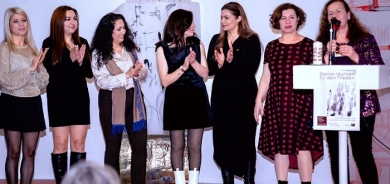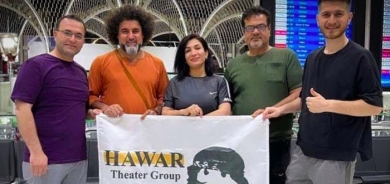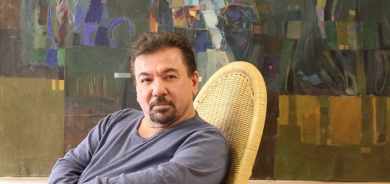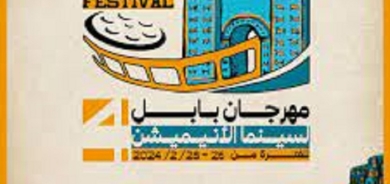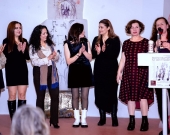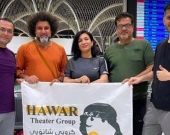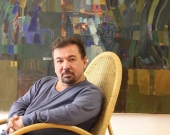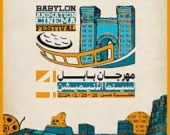Weaving hope into Kurdish textile tradition
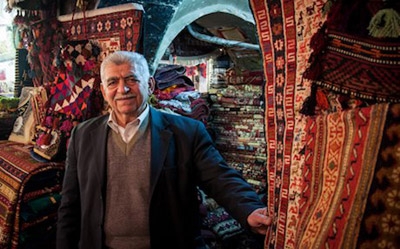
“Once we get the funding we can start within two weeks. The house is ready, the looms, and the material,” said Lolan Sipan, the director of the Kurdish Textile Museum in Erbil’s ancient citadel, where a fundraising event was held Thursday night.
Kurdistan’s many nomadic tribes are famous for producing rugs, which are made with thousands of small knots, and kilims, which are woven on a loom. This tradition, along with the production of numerous other handicrafts, ceased altogether in the late 1980s when former Iraqi dictator Saddam Hussein launched the genocidal Anfal campaign that destroyed 4,500 Kurdish villages.
In 2008, Sipan hired some of the last surviving masters of the craft to teach a new generation of weavers. Over 40 women were trained in the following years.
The project was been put on hold for the last 15 months, however, as the excavation of the Erbil Citadel — a UNESCO world heritage site — cut off access to the museum. The 300 visitors that once came each day to the museum and its gift shop, have been reduced to a handful who make special appointments to visit.
Special funding for the project, initially sponsored by the US Embassy in Baghdad, has been inconsistent, and Sipan had to lay off all but one of his 12 employees.
Fiona Jack, an English textile collector and amateur spinner and weaver, decided to raise support for the program by presenting a night of Kurdish food and music at the museum. By raising awareness, she hopes that private individuals will step in with money to restart the program.
“Everybody has financial difficulty, but there are still philanthropic people out there, and hopefully we can touch their hearts,” she said.
Jack learned an appreciation for the craft after moving to the US state of Alaska, where the practice helped fill the 20 hours of darkness during long winters. Although she has seen a variety of textiles in many of the 94 countries she has visited, Jack is particularly taken with the Kurdish variety.
“I even learned Kurdish so that I could sit and weave with the girls. But by the time I learned enough, the weavers were gone,” she told Rudaw.
Ticket sales for the event will give the museum a much-needed boost, and organizers believe the restored Grand Gate of the citadel will be open soon, unblocking access to the museum from the popular bazaar area below.
With the materials and equipment in place, all that is needed is money to pay the weavers’ salary of roughly $300 per month. Anyone who sponsors a weaver is able to keep what they produce, which are usually copies of the hundreds of antique textiles in his collection.
Sipan laughs that he is not business-minded when it comes to textile manufacturing.
“The aim is to revive and reproduce traditional Kurdish handicraft textiles, and to have income generation for the weavers,” he says.
It’s also a way for tourists visiting the museum to see how time consuming the process is. A half-meter by one-meter kilim takes a minimum of six months to produce using traditional techniques and organic dyes. Many of the rugs on display were made over the course of years.
Sipan began collecting textiles in 1991 and bringing them to Europe. Since then, the worth of his collection skyrocketed as international rug merchants “discovered” nomadic Kurdish textiles.
“In the past Kurdish textiles were not labeled as Kurdish. They were known as Iraqi, from Mosul, Iranian, Turkish, or Caucasian,” he said.
“Now Kurdish textiles are one of the top five sought after entities for museums and collectors.”
Rudaw


